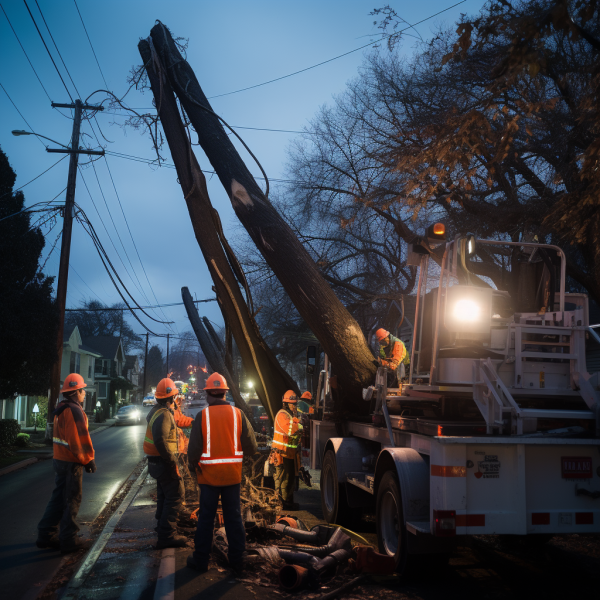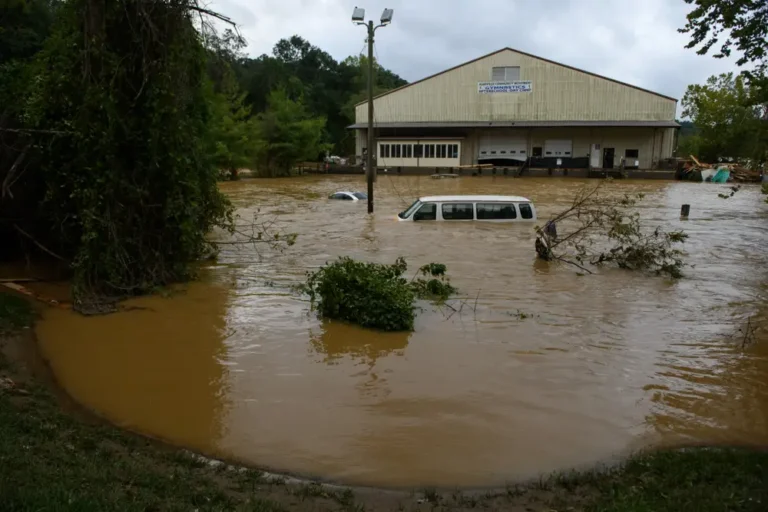High utility bills? California regulators must do more to protect consumers, auditor says

Column: Everyone loves to hate on the Public Utilities Commission. Officials say they’re working on it
Is your electric bill shocking? Is your natural gas bill starting to burn? The California Public Utilities Commission, critics say, has rarely met a rate increase it didn’t like.
The state auditor’s investigation of the CPUC and its in-house Solomon-the-Wise/Protector-of-the-People, the Public Advocate’s office, finds flaws in their oversight of California’s utility monopolies.
“Our assessment focused on electricity and natural gas rate increases, and we determined that the CPUC and Cal Advocates need to strengthen their monitoring of utilities’ costs, and the CPUC needs to provide greater transparency when authorizing rate changes,” California State Auditor Grant Parks said in a report to the governor and legislature released Tuesday, Aug. 29.
“By making certain changes to their oversight, both agencies can better protect customers.
The auditor examined rates for Southern California Edison, the Southern California Gas Company, Pacific Gas & Electric, and San Diego Gas & Electric (SDG&E).
All four rates have been rising, and regional electricity rates are among the highest in the country. You probably already knew that, but here’s the lowdown in black and white. During the year 2022:
- Electricity rates for the three utilities increased by 16% to 23%.
- Natural gas prices increased by 27% to 162%.
- Rising electricity rates were influenced by wildfire mitigation as well as more people opting for rooftop solar. (Because fixed costs to deliver electricity do not change when people buy less, higher rates are required to recover those costs.)
- The Ukraine conflict, as well as an unusually cold winter and natural gas pipeline disruptions, drove up gas prices.
- Between their two most recently approved general rate cases, the four utilities’ operating expenses increased by 5% (SDG&E) to 37% (Edison). (The PUC grants rate hikes in so-called “general rate cases” every three or so years).
- Rate increases were unexpected last year due to actual costs being higher than the utilities anticipated. They would have to make up the difference.
According to the auditor, the PUC and Advocate must be more thorough and transparent. They “lack processes to ensure that utilities’ projected costs are not overstated.”
With gas rate hikes on the horizon, the battle over changes to rooftop solar bill credits still raging, and a proposal to cover fixed electric grid costs based on income sparking debate, there’s no time like the present.
Shortcomings
Every few years, utilities crunch the numbers and ask the PUC for permission to raise rates to cover anticipated costs while still providing a sufficient “rate of return” — i.e., profit.
Profit, on the other hand, can sometimes be significantly higher than expected. And no one is doing anything about it.
SDG&E earned more than the CPUC-authorized rate of return in nine of the last ten years. “Reviewing how much the utility earned compared to the authorized rate of return and identifying where the utility was able to gain efficiencies should be a critical first step in ensuring that the utility’s projected costs were appropriate,” said the auditor.
“However, the CPUC and Cal Advocates lack a process to identify areas in which the utilities achieved cost savings.”
The CPUC should require utilities to explain what happened and provide supporting documents when the actual rate of return significantly exceeds the authorized rate of return. According to the auditor, this information should be published and objectively analyzed.
Utilities may request rate increases from the PUC to cover unexpected costs, such as preventing or cleaning up after wildfires. However, once those hikes are granted, little is done to ensure that the extra work is completed.
“(I)f neither the CPUC nor Cal Advocates strengthens its efforts to verify whether the utility has completed the work in question… they risk allowing the utility to recover costs from its customers that it did not, in fact, incur,” according to the audit. “Such verification could include site visits, photographic evidence of completed work, or satellite imagery.”
And, on occasion, the CPUC speaks in a language that the public does not understand.
“The CPUC also lacks an effective process for ensuring that utility customers are fully informed of the reasons their utility is raising rates,” the auditor concluded.
“The CPUC neither clearly and comprehensively communicates the reasons for the cost increases it authorizes at the beginning of each cycle, nor has it established a mechanism to clearly communicate the reasons for midcycle rate increases sought by utilities.” By failing to provide that information to customers, the CPUC foregoes opportunities to improve the public’s understanding of why rates are rising.”
Finally, Cal Advocates must keep an eye on the utilities’ balancing accounts — the mechanism by which utilities track authorized and actual costs and revenues — to ensure that rate increases are justified.
The CPUC and the Public Advocate’s office have stated that they will implement some of the auditor’s recommendations, though they object to this and that. (You can read their complete responses at http://auditor.ca.gov/reports/2022-115/index.html).
“We understand the impact of rate increases on the lives of Californians,” CPUC spokeswoman Terrie Prosper wrote in an email. “Our priority is to ensure that utilities provide safe, affordable services while also protecting the families and individuals who rely on them.”
“We value transparency throughout this process and are committed to keeping utility customers informed about our decisions.” We appreciate the work of the California State Auditor and the opportunity to expand on our efforts.”
For its part, Edison is still reviewing and digesting the report.
Meanwhile, the rest of us are bracing for the next round of rate hikes, which are approved by the CPUC every three or four years. We’re turning off the lights until then because the electric bill is killing us.






